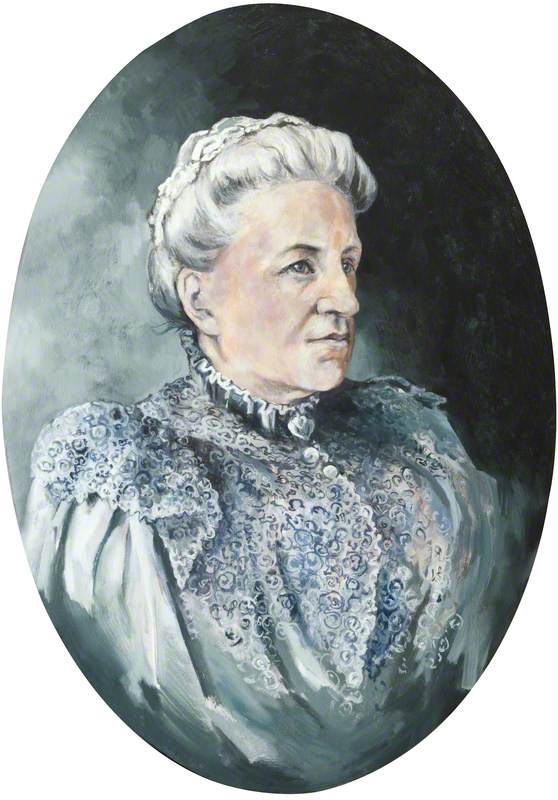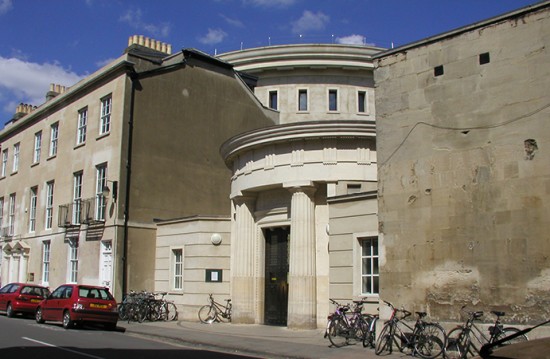
Currently closed
Educational institution in Oxfordshire
2 artworks
Part of University of Oxford
Visit website
Department of Medical Sciences: Pharmacology, University of Oxford is part of
University of Oxford
University of Oxford artworks can also be found at these venues
More information













